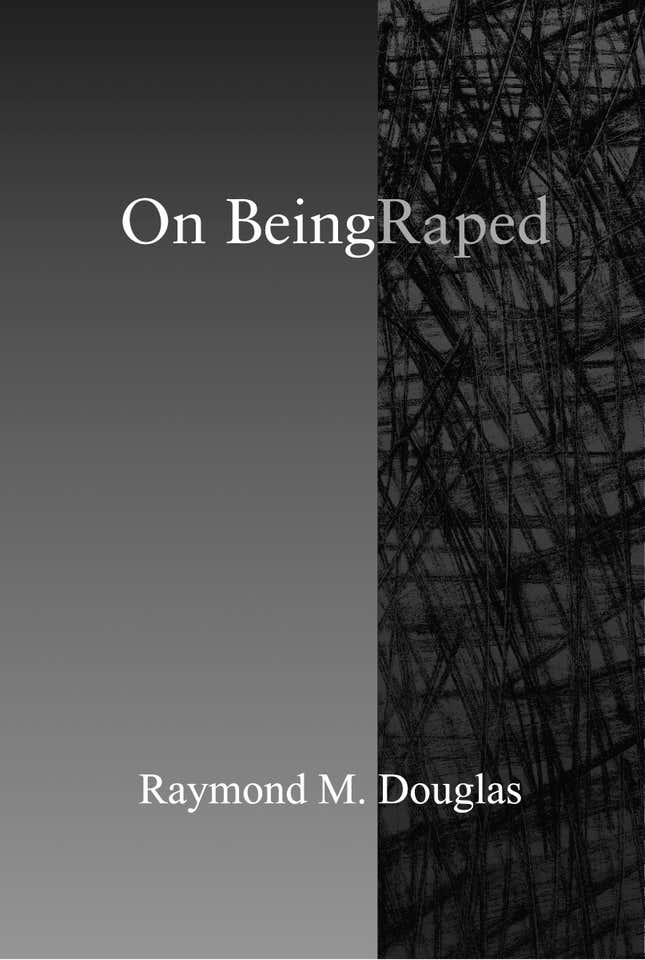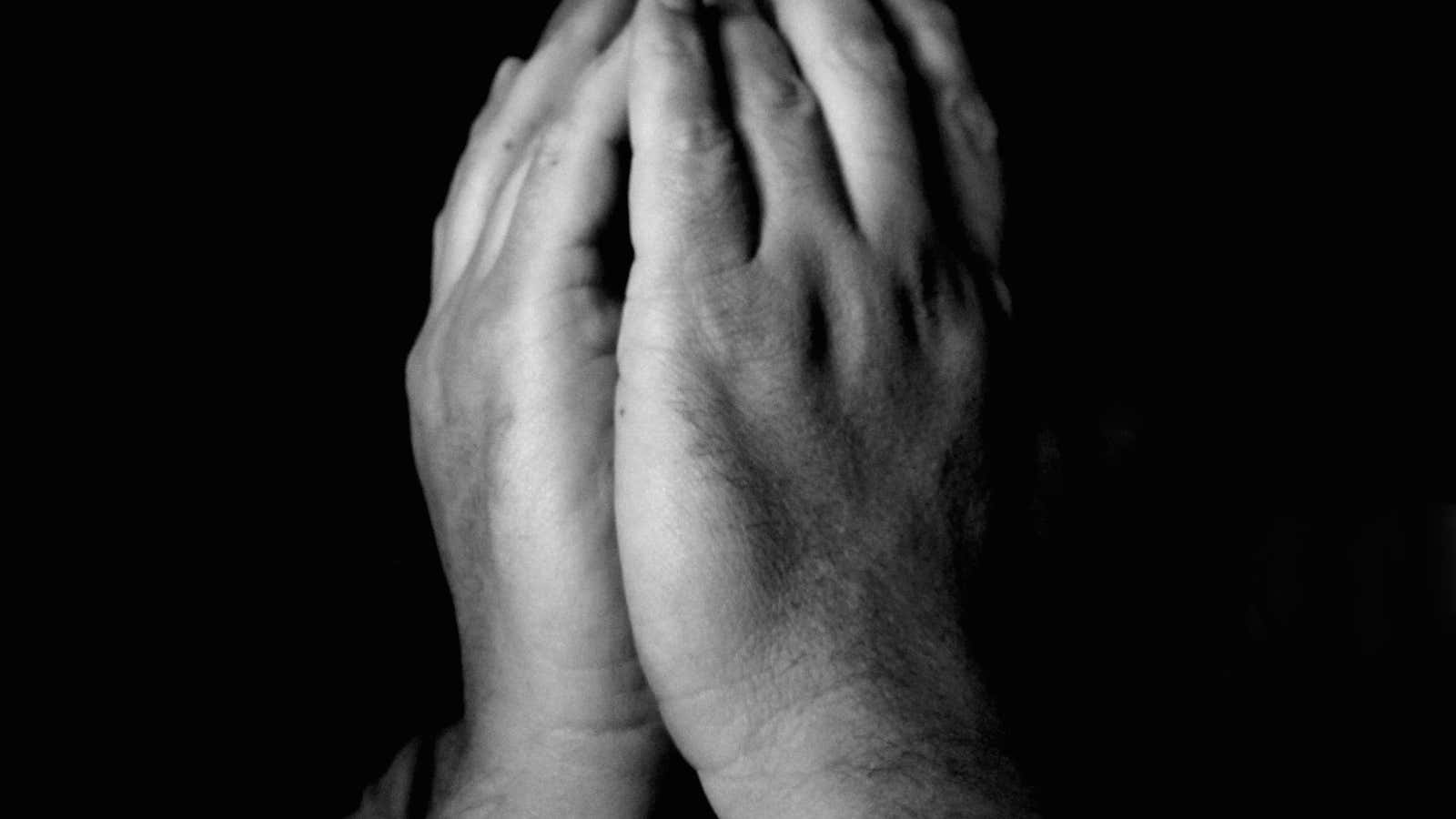I was raped when I was a young man of 18 years. The perpetrator, a serial sex offender, was a Catholic priest. After I reported the assault to his archbishop, he was transferred to a new parish where, the following year, he raped another male teenager. That aspect of the story is all too familiar to anyone who has seen the film Spotlight for me to need to say more about it.
I remain a committed Catholic just the same. But while public awareness of clerical sex offending has grown massively in recent years, the other element of my experience—being a man who has undergone rape—is still widely misunderstood. Very little, I’m sorry to say, has changed since the 1980s, when my attack took place.
Yet our numbers are not small. While rape remains a crime in which female victims greatly outnumber male ones, men still make up a substantial proportion of the total. The FBI only began tracking male rape in 2013, but it seems likely that the broad picture internationally—in which somewhere around one in seven offenses occurs to male victims—will prove to be the case in the US as well.
The people affected are a cross-section of society. The risk of victimization has little to do with size, strength or physical prowess. According to the Pentagon, around 12,000 servicemen in the US armed forces are raped each year. The data strongly suggest that the typical pattern of rape for women, in which most attacks are by an acquaintance or intimate partner, do not involve weapons, and occur in the victim’s teens or early twenties, holds good for men as well. If there’s a single identifiable risk factor, it’s not physique or sexual orientation, but age. A 15-year-old male stands a greater chance of being raped than a 40-year-old female.

Most male victims, though, lack a vocabulary to describe their experience of sexual assault. Their ideas of male rape shaped by movies like Deliverance or The Shawshank Redemption, they may not even recognize that what happened to them was a crime. If they were drinking, if they froze in disbelief (perhaps the most common reaction for both sexes, rather than fighting or fleeing), if the perpetrator was female, or if they had a physical response to the assault, they are all too likely to blame themselves for being in that situation and to remain silent.
They are strongly encouraged to do so by broader social attitudes. Public discourse on male sexual victimization has developed hardly at all in the thirty years since my own attack. With rare exceptions, it’s treated as fodder for juvenile ”humor” in popular culture. Victims are stigmatized for failing to defend themselves against sexual assault—an expectation we do not have, revealingly, of those who are mugged or carjacked. Rape myths abound, like the notion that “erection equals consent” or that only violent assaults by a male stranger are serious enough to “count” as rape.
It’s long past time for these attitudes to change. I was silenced by them for many years; my decision to speak publicly about my own experience of sexual violence has come about because I realized that nothing would be ever be different unless I, and others like me, began doing so. Here we have the example of the women’s anti-rape movement to follow. Appallingly prevalent as sexual crimes against women and girls remains, the situation was once much worse. Whatever progress has been made has come about as a result of the people directly affected refusing to stay in the shadows any longer.
But it ought not to be left to the victims alone to address this problem. Statistically, it’s a virtual certainty that everybody reading this article already knows a man who has been raped. They’re just not aware of it. If there are not to be many more like him in the future, it’s worth thinking about what the rest of us can do to make the general climate for male rape victims a little less forbidding than it currently is.




